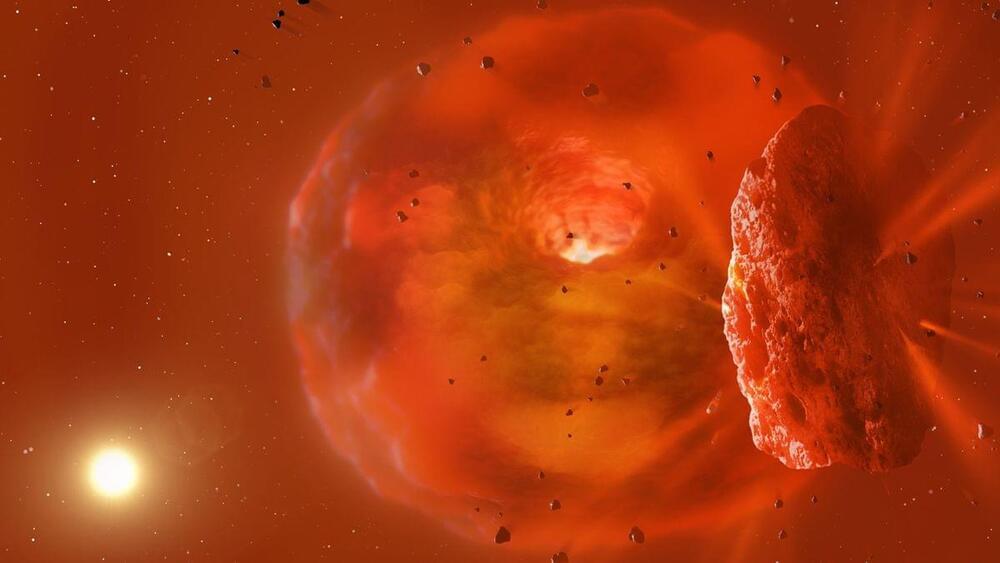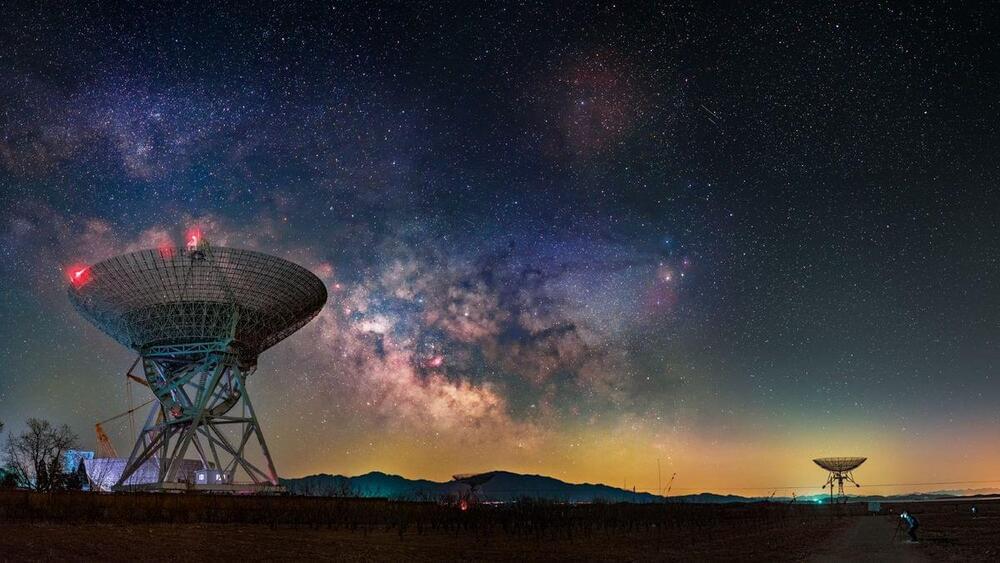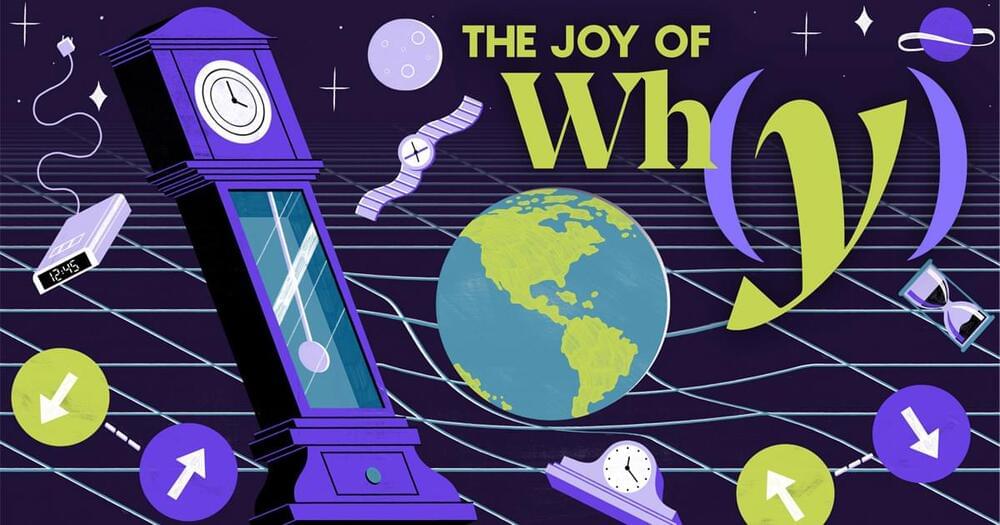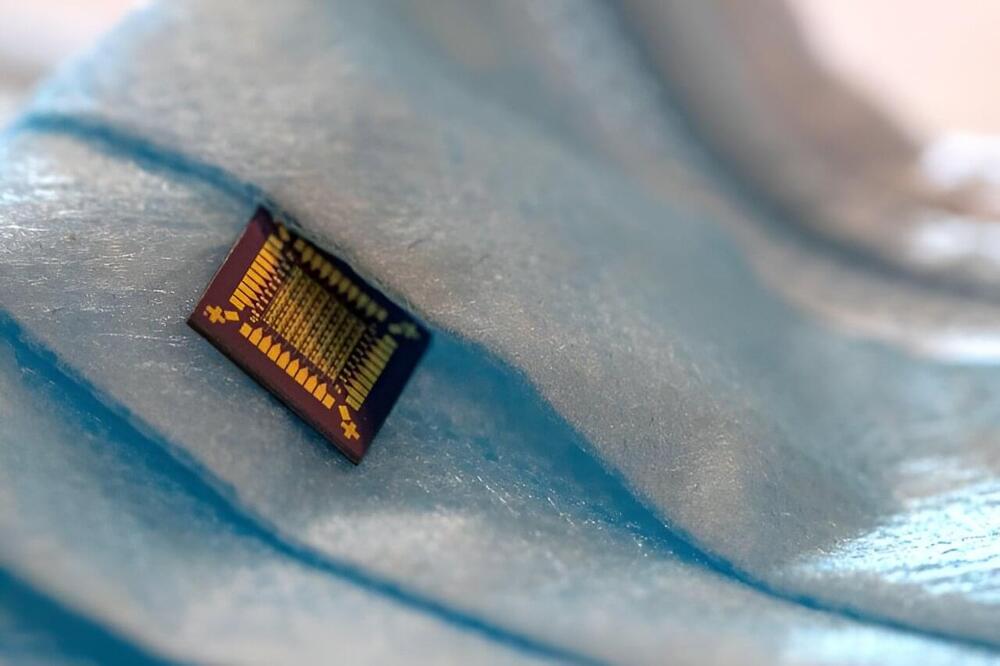Global warming has severely impacted the supply of fresh water in many parts of the world. Coastal communities have resorted to salination plants while those in the far interior have no option but to extract water from the air. Most of these techniques are energy-intensive or only work under certain conditions. Now, a new technology developed by researchers at ETH Zurich can help humanity access fresh water 24 hours a day and without spending any energy.
The technology might not look so sophisticated at first, and one might just say that it’s just another regular glass pane. But only the researchers who developed it will tell you that this glass pane is coated with special polymers and silver layers that give the glass properties to reflect solar radiation and also emit heat directly into outer space.









